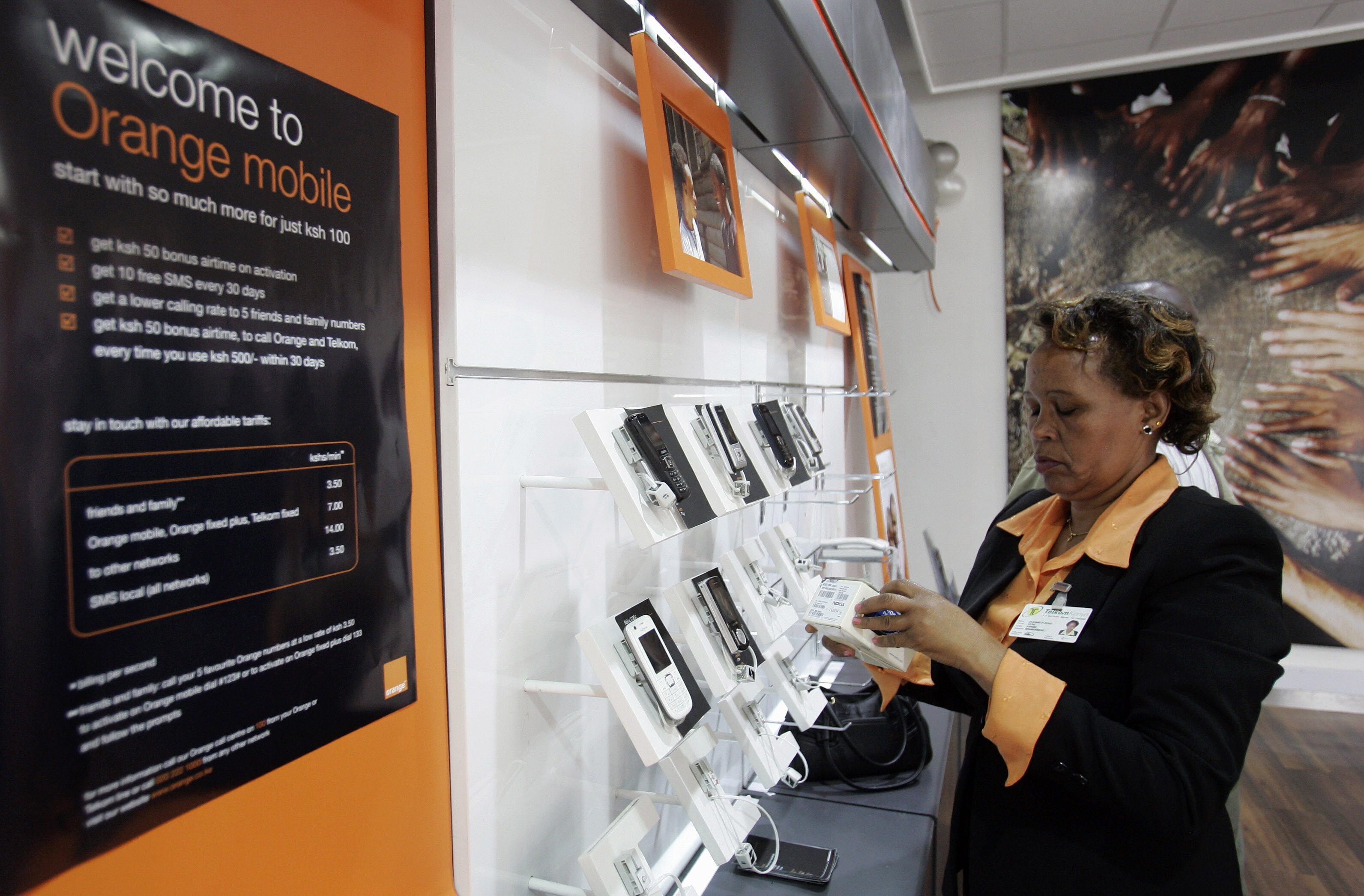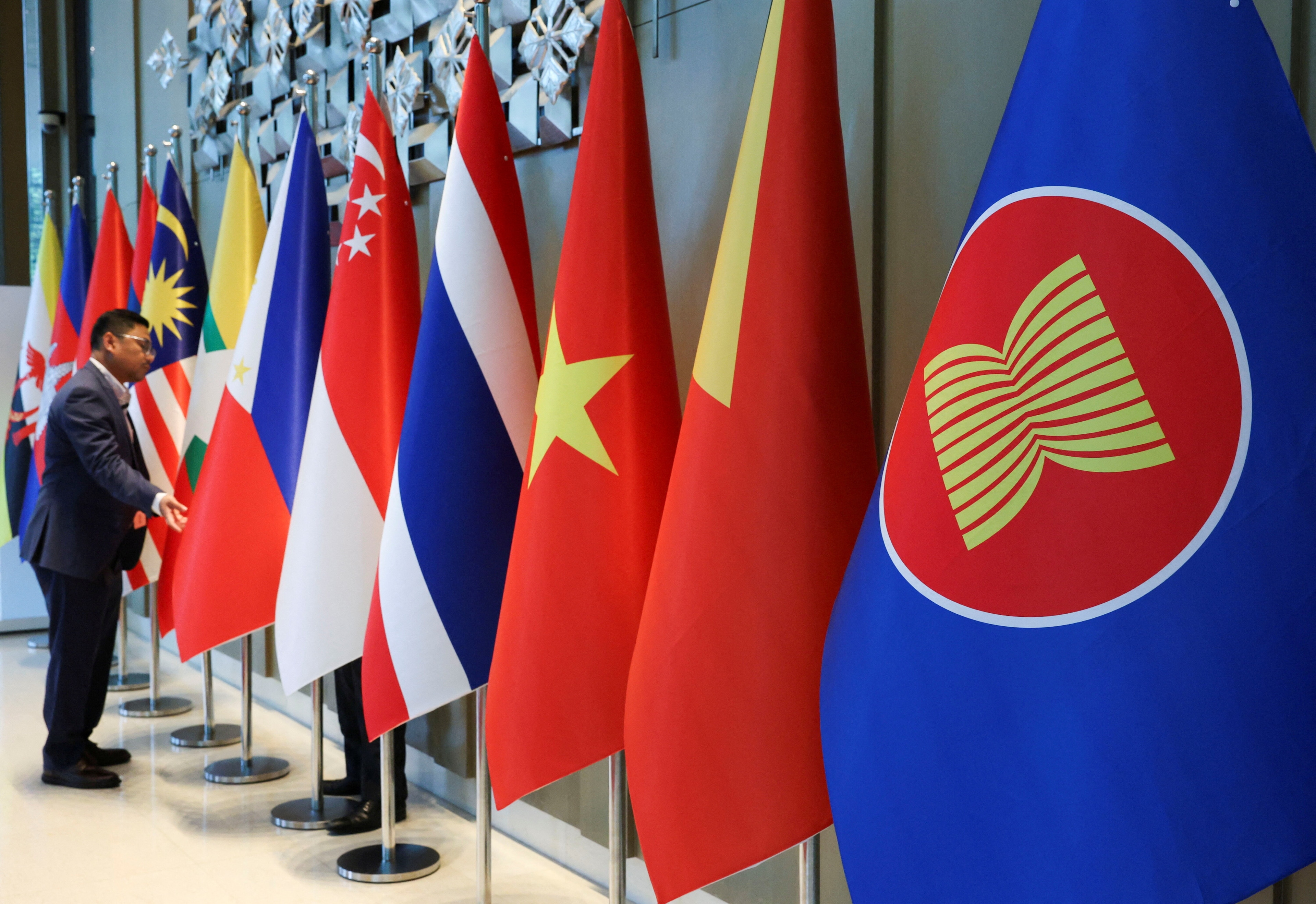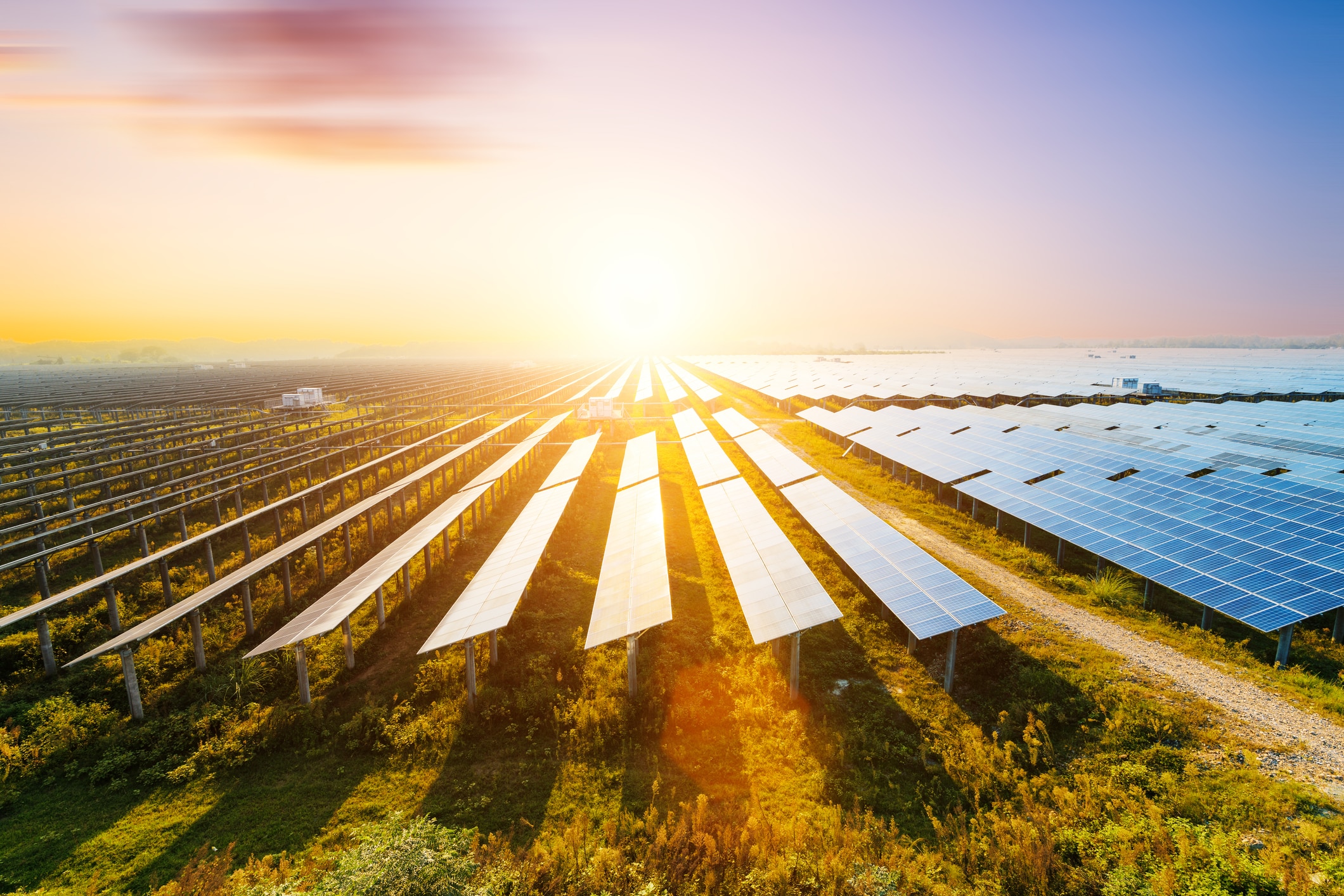Why China and the Gulf's deepening economic ties are about more than just oil
Qatar's Foreign Minister Mohammed bin Abdulrahman bin Jassim Al Thani (L) greets Chinese Foreign Minister Wang Yi.
Image: REUTERS
Stay up to date:
Middle East and North Africa
Listen to the article
- China and the members of the Gulf Cooperation Council combined make up a large share of global GDP.
- Strong economic ties between the two have benefitted trade, but greater possibilities exist.
- Technology, manufacturing and gaming all provide ample opportunities, but leaders need to build trust and establish reciprocity.
Economic ties between China and the members of the Gulf Cooperation Council (GCC) have deepened significantly amid larger geopolitical shifts. Both regions are major drivers of global growth and combined now generate about 22% of global GDP, according to Oliver Wyman analysis.
Closer China-Gulf relations make intuitive sense: China’s rapid economic growth has resulted in a dramatic increase in energy demand, meanwhile the Gulf’s imports of consumer goods from China have surged. Total trade between China and the whole of the Middle East and North Africa reached $505 billion in 2022 – increasing 76% times over 10 years. Total trade between China and the Gulf countries alone increased three times in the same period.
At the same time, economic ties between the two regions are about much more than just trade. Business leaders from Greater China and the GCC convened at the World Economic Forum’s Annual Meeting of the New Champions in Tianjin in June 2023 to explore how to enhance understanding of each other’s markets and build partnerships. Here are the three major takeaways from their discussions:
In addition to energy, technology, manufacturing and gaming are priority industries for both regions and offer ample collaboration opportunities. Following Chinese president Xi Jinping’s visit to Saudi Arabia in December 2022, Saudi Arabia signed 35 memorandums of understanding with Chinese firms, the majority of which were signed with private companies. One was with Chinese technology giant Huawei covering cloud computing and building high-tech complexes in Saudi cities.
In manufacturing, ongoing global shifts in manufacturing hubs and “friend shoring” initiatives offer opportunities to reshape supply chains. Enovate, a Chinese electric vehicle (EV) start-up, is illustrative of the shift towards new economy sectors with a planned $500 million investment in EV production in Saudi Arabia alongside a local partner.
Meanwhile the gaming sector is already a large, cross-border opportunity reflecting shared preferences and consumer habits in both regions, evidenced by the acquisition of a $265 million stake in Chinese e-gaming company VSPO earlier this year by Saudi Arabia’s public investment fund.
Finally, energy partnerships are about more than oil and gas. Both regions are highly exposed to the effects of climate change. Their shared challenges provide opportunities for transformational collaborations. For example, when it comes to investments in alternative energies, such as a partnership between Dubai-based Mensha Ventures and Chinese partners to invest up to a $1 billion in clean technologies.
While there is an initial sense of comfort in the interaction between leaders from regions, business leaders need to improve their understanding of the other market and deepen trust. “Institutions for dialogue and trust-building are essential to build sustained commercial ties,” explains Alexandre Raffoul, the World Economic Forum’s Head of Business Engagement for the Middle East and Africa and moderator of the Tianjin discussion. Ultimately, closer ties between China and the Middle East – sometimes referred to as the New Silk Road – are about more than just oil and consumer goods. Maybe even more important are the flow of technologies, people, ideas and capital.
An increasing number of students in the Middle East learning Mandarin and their peers in China studying Arabic is a start. Yet there is a long way to go for both regions to develop a nuanced understanding of one another’s culture, traditions and business practices.
Accept our marketing cookies to access this content.
These cookies are currently disabled in your browser.
Trade and investments need to flow both ways and a long-term vision for a partnership between both regions is needed. “These flows have to be guided by what I would call ‘respectful reciprocity’ – a sense of both sides winning and respecting each other,” says Peter Reynolds, Partner and Head of Greater China at consultancy Oliver Wyman. Reynolds, who attended the Tianjin discussion, sees great opportunities for even deeper ties between both regions if business leaders manage to overcome transactional tendencies and look at the relationship being long-term. “Only then can you align visions and create win-win scenarios,” he stresses.
The World Economic Forum is committed to continuing providing space for business leaders from Greater China and the Middle East to interact and build partnerships. The Sustainable Development Impact Meetings in September in New York and the Annual Meeting of the Global Future Councils in Dubai in November will provide immediate opportunities to deepen discussion on sustainability and technology-enabled transformation.
What is the World Economic Forum doing about shaping the future of the Arab region?
These exchanges can ensure that all stakeholders can benefit from this – as one Tianjin participant put it – “golden period” in China-GCC relations. Closer economic ties, an even larger share of global GDP going forward and joint investments into the technologies of the future can then positively impact not only Asia and the Middle East, but communities everywhere.
Don't miss any update on this topic
Create a free account and access your personalized content collection with our latest publications and analyses.
License and Republishing
World Economic Forum articles may be republished in accordance with the Creative Commons Attribution-NonCommercial-NoDerivatives 4.0 International Public License, and in accordance with our Terms of Use.
The views expressed in this article are those of the author alone and not the World Economic Forum.
Related topics:
Forum Stories newsletter
Bringing you weekly curated insights and analysis on the global issues that matter.
More on Global CooperationSee all
Anthony Cano Moncada
July 23, 2025
Mirek Dušek
July 18, 2025
Juan Caballero and Ana Sampaio
July 18, 2025
Robert Piper
July 17, 2025
Lisa Satolli
July 17, 2025
William Dixon
July 16, 2025





